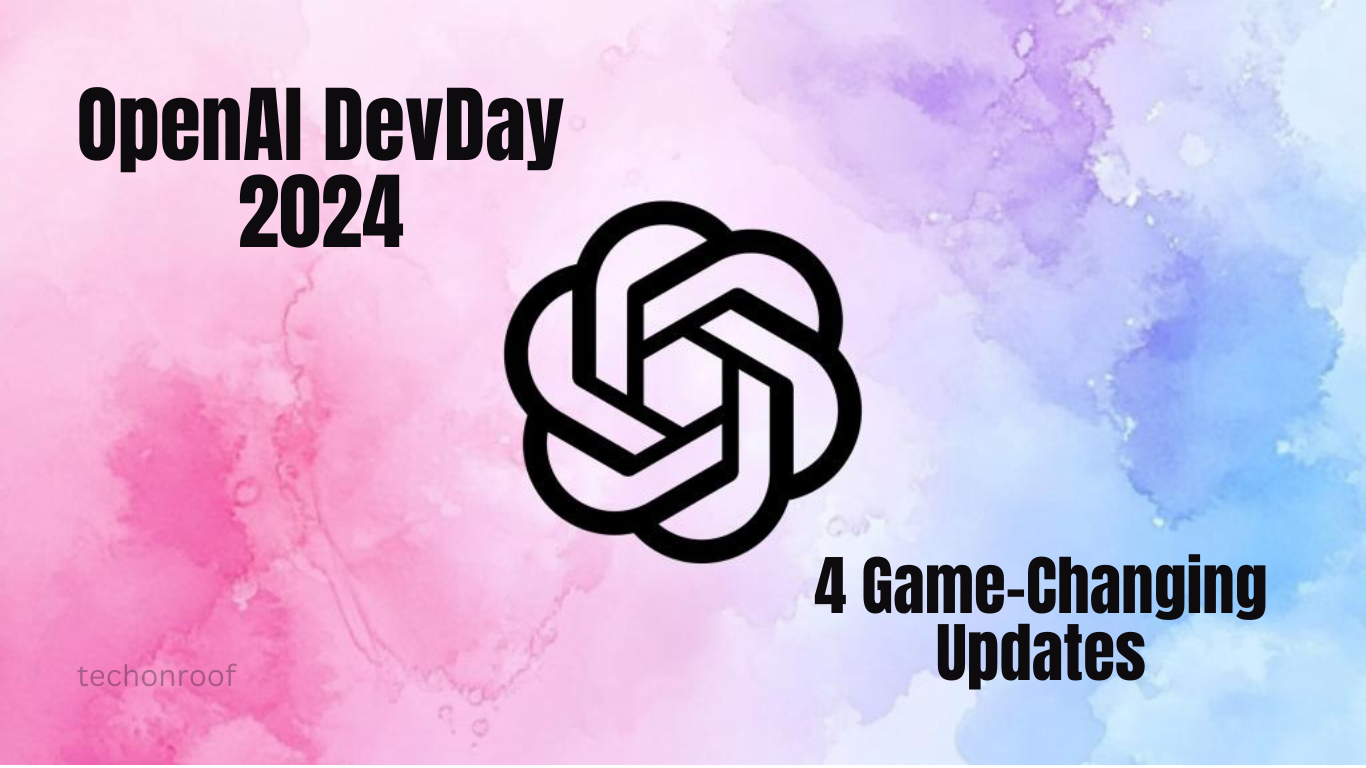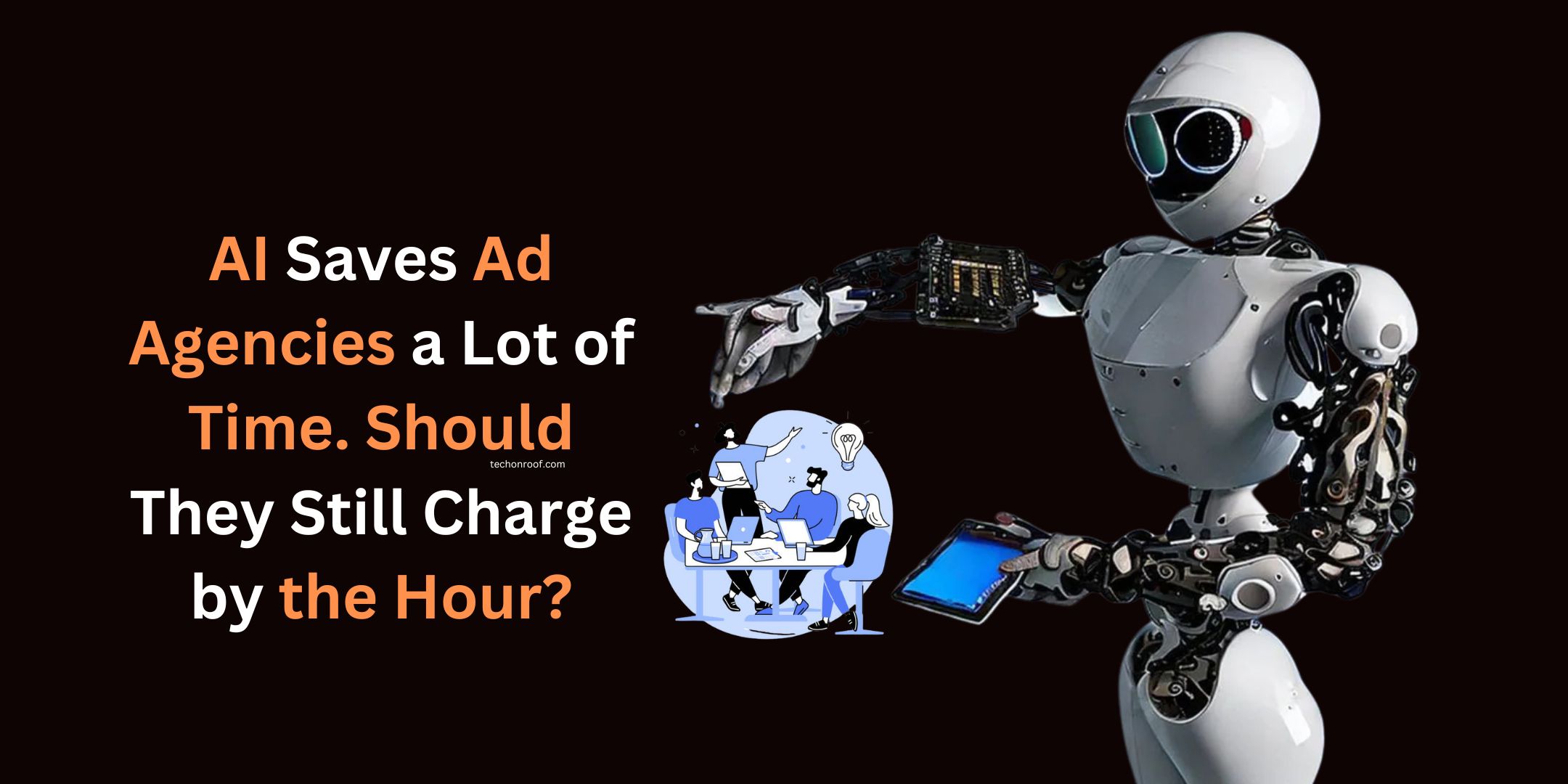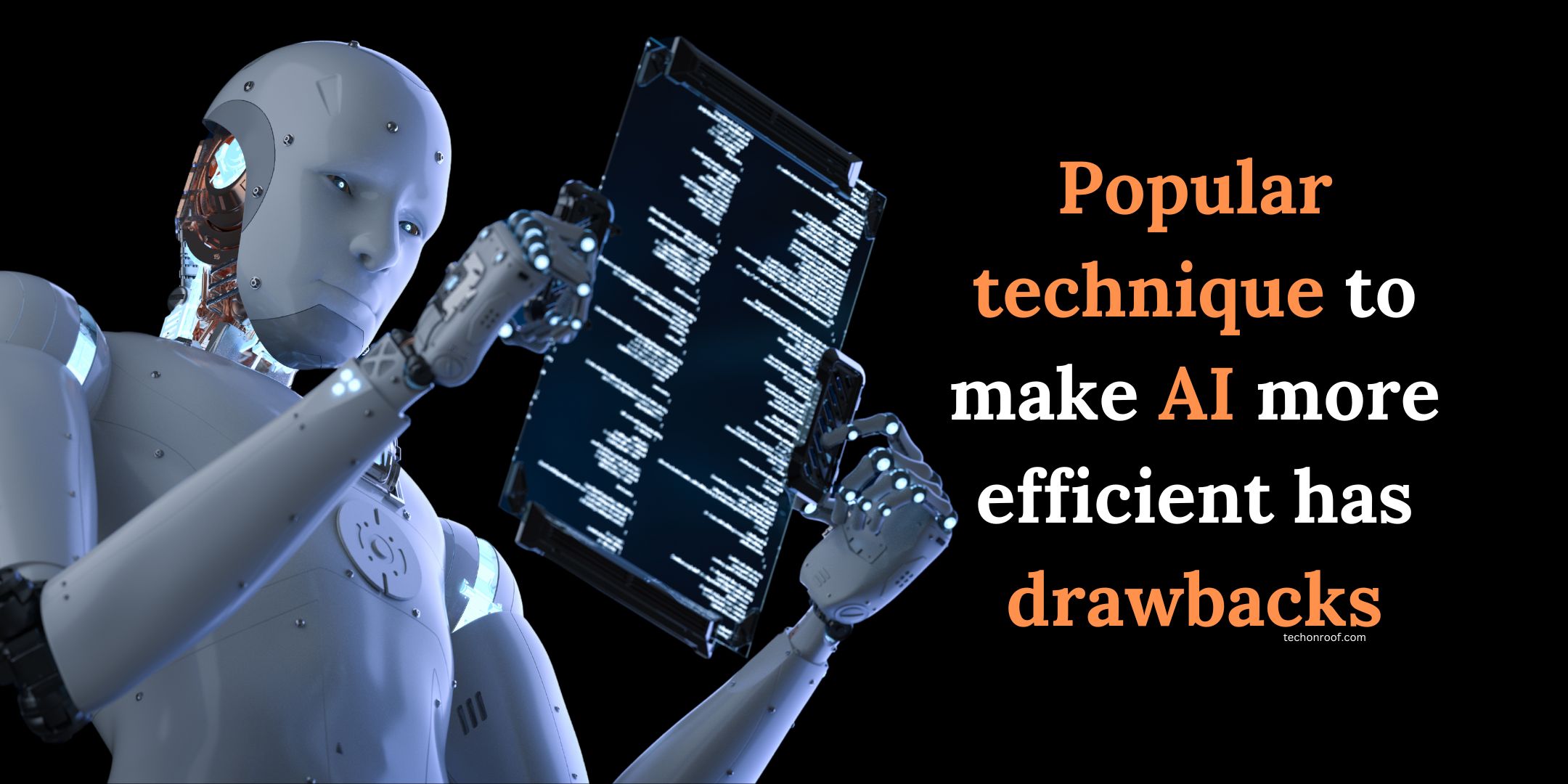In contrast to last year’s big, flashy event, OpenAI took a more low-key approach for their DevDay 2024 conference on Tuesday. Instead of unveiling new, groundbreaking products, they focused on improving their existing AI tools and APIs. This shift signals that OpenAI DevDay 2024 is concentrating on helping developers while also highlighting real-world success stories from its user community. As competition in the AI space grows, this new strategy could be key to staying ahead.
During the event, OpenAI introduced four important innovations: Vision Fine-Tuning, Realtime API, Model Distillation, and Prompt Caching. These updates reflect OpenAI’s goal of empowering developers instead of focusing on direct-to-consumer apps.
Read More: Why Is OpenAI Planning To Become a For-Profit Business And Why It’s Important
Prompt Caching: A Budget-Friendly Solution for Developers
One of the biggest announcements was Prompt Caching, which aims to help developers reduce costs and cut down on latency. This new feature automatically applies a 50% discount on input tokens that have been recently processed by the model. This could mean big savings for developers whose applications reuse a lot of data.
At a press conference, Olivier Godement, OpenAI’s Head of Product, shared his excitement about how far costs have come down. He said, “Just two years ago, GPT-3 was the big winner, and now we’ve reduced costs by almost 1000x.” This massive cost reduction opens up new possibilities for startups and businesses that couldn’t afford to explore certain applications before.
Vision Fine-Tuning: Advancing Visual AI

Another exciting update was Vision Fine-Tuning for GPT-4o, the latest version of OpenAI’s large language model. This allows developers to fine-tune the model’s visual understanding using a combination of images and text. The potential for this update is huge, with applications in industries like self-driving cars, medical imaging, and visual search.
Grab, a major food delivery and rideshare company in Southeast Asia, is already using this technology to improve its mapping services. With just 100 training examples, Grab saw a 20% improvement in lane accuracy and a 13% boost in reading speed limit signs. This real-world success story shows just how powerful vision fine-tuning can be for improving AI services in various fields, even with a small amount of data.
Realtime API: Enhancing Conversations with AI
OpenAI also introduced its Realtime API, which is now in public beta. This new API allows developers to create fast, multimodal experiences, especially for voice-to-voice applications. For example, developers can now integrate ChatGPT’s voice features directly into apps, making conversations with AI much more natural.
To show off the Realtime API’s capabilities, OpenAI updated Wanderlust, a travel planning app they presented at last year’s conference. With this new API, users can talk to the app as if they were having a conversation with a human, even interrupting mid-sentence without causing confusion. While travel planning is just one example, this API opens up opportunities for many voice-enabled applications, from customer service to educational tools.
Even though the Realtime API isn’t cheap costing $0.06 per minute for audio input and $0.24 per minute for audio output it offers great value for developers looking to build advanced voice-based applications. Early adopters, like Healthify (a fitness and nutrition app) and Speak (a language learning platform), are already benefiting from it.
Model Distillation: Making AI More Accessible
The most impactful update might be Model Distillation. This feature allows developers to use results from advanced models like GPT-4o to boost the performance of smaller, more efficient models like GPT-4o mini. This means smaller companies can still use powerful AI without needing expensive hardware or high computing power.
For example, a small medical tech startup could use Model Distillation to create a lightweight AI diagnostic tool that runs on basic laptops or tablets in rural clinics. This could bring advanced AI technology to areas that don’t have access to high-end resources, potentially improving healthcare in underserved regions.
OpenAI’s New Focus: Supporting a Sustainable AI Ecosystem
Overall, OpenAI’s DevDay 2024 shows a shift in the company’s focus. Instead of making attention-grabbing product launches, they’re working on building a strong ecosystem for developers. This more mature approach could be what the AI industry needs right now, as the competition heats up and concerns about data use and costs grow.
This year’s event was much quieter than last year’s, which featured the launch of the GPT Store and custom GPT tools, creating iPhone-like buzz. But in the rapidly changing AI landscape, where competitors are making big moves and the demand for data is increasing, OpenAI’s choice to refine existing tools and support developers seems like a smart, calculated decision.
By making their models more efficient and cost-effective, OpenAI is positioning itself to stay competitive while also addressing concerns about the resource intensity and environmental impact of AI. As the company shifts from a disruptor to a platform provider, its future success will depend on creating a thriving developer community. With these new tools and cost reductions, OpenAI is laying the foundation for long-term growth and success in the AI industry.
Though the immediate impact of these changes might not be as dramatic, this strategy could ultimately make AI more widely accessible and beneficial across many industries.





